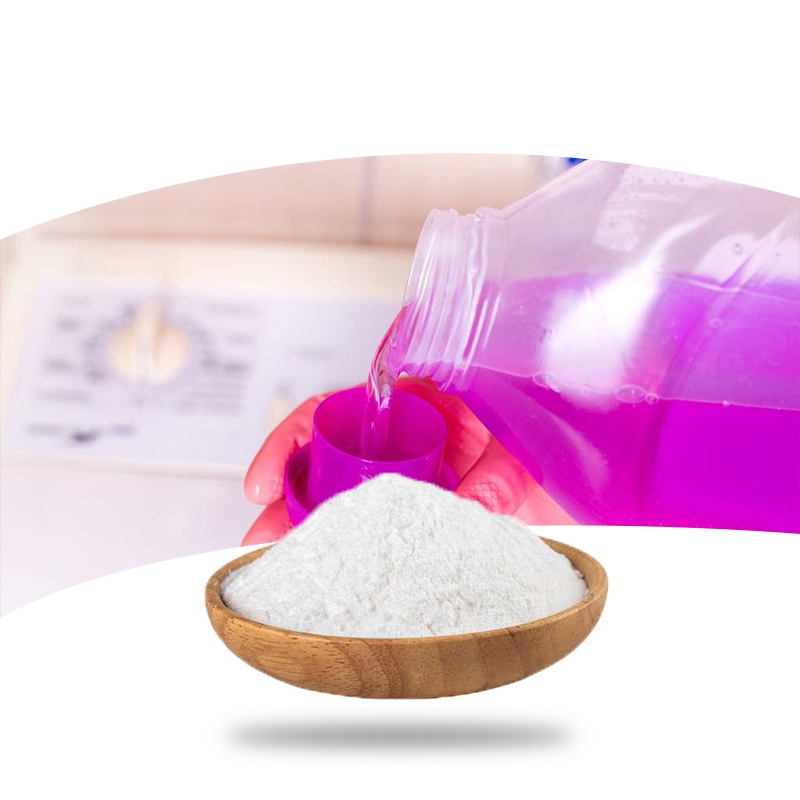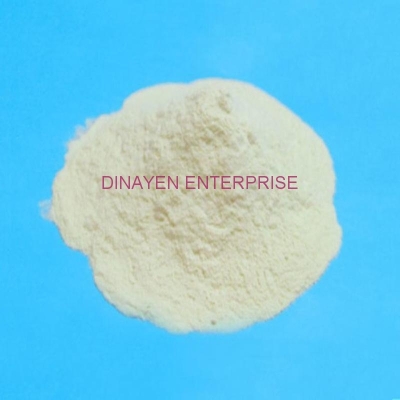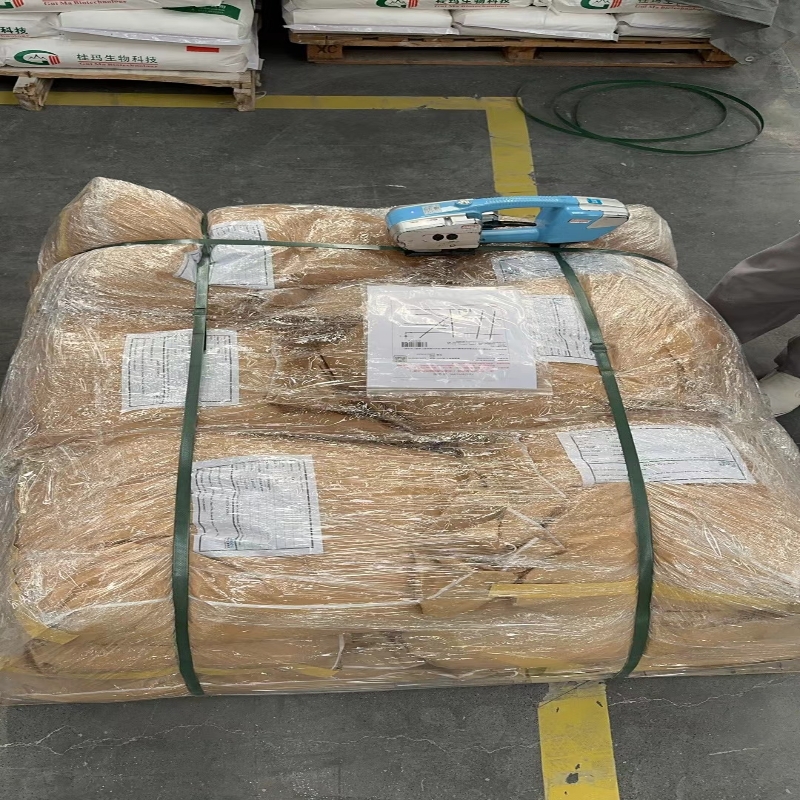What is the function of edible red pigment
-
Last Update: 2019-03-27
-
Source: Internet
-
Author: User
Search more information of high quality chemicals, good prices and reliable suppliers, visit
www.echemi.com
Introduction: food pigment is a kind of food additive So, what is the function of edible red pigment? Come and have a look with you! The use of edible pigment has been very common in China, but it is not natural or the best, so it is not necessary for us to pursue the natural color in the selection of food So, what is the function of edible red pigment? Let's introduce the small edition of Baibai safety net! Its main function is that many natural foods have their own color, which can promote people's appetite and increase the secretion of digestive fluid, so it is conducive to digestion and absorption, and is an important sensory index of food However, natural food is easy to fade or change color in the process of processing and preservation In order to improve the color of food, people often add food pigment in the process of processing food to improve the sensory properties Adding pigment to food is not the patent of modern people In fact, in ancient times, people knew to use Monascus pigment to make red wine Since the first artificial pigment, aniline violet, was synthesized by parkin in 1856, the synthetic pigment has also appeared on the stage, playing a role in improving the color of food Generally, edible synthetic pigment has bright color, strong coloring power, good stability, odorless and tasteless, uniform quality, easy to dissolve and color match, and low cost It is widely used in the coloring of candy, pastry and soft drinks Lake is widely used in the manufacture of candy, fat based food and food packaging materials Although edible natural pigment can be widely used in many kinds of food coloring, its coloring power and stability are generally inferior to edible synthetic pigment, and its cost is higher The application of inorganic pigment is very few, most of them are limited to food surface coloring The edible pigment comes from the natural substance at first, then it was replaced by the edible synthetic pigment, and then it developed to the direction of edible natural pigment The main permitted food pigments in the world are basically the same In 1986, 20 kinds of edible natural pigments and 8 kinds of edible synthetic pigments were licensed in China Suitable population: the general population should eat as little as possible The above is the function of edible red pigment what is the content, after reading I believe that we all understand! If you want to know more about food safety Please pay more attention to Baibai Security Internet bar! Editor in charge: Wang Xiujuan
This article is an English version of an article which is originally in the Chinese language on echemi.com and is provided for information purposes only.
This website makes no representation or warranty of any kind, either expressed or implied, as to the accuracy, completeness ownership or reliability of
the article or any translations thereof. If you have any concerns or complaints relating to the article, please send an email, providing a detailed
description of the concern or complaint, to
service@echemi.com. A staff member will contact you within 5 working days. Once verified, infringing content
will be removed immediately.







